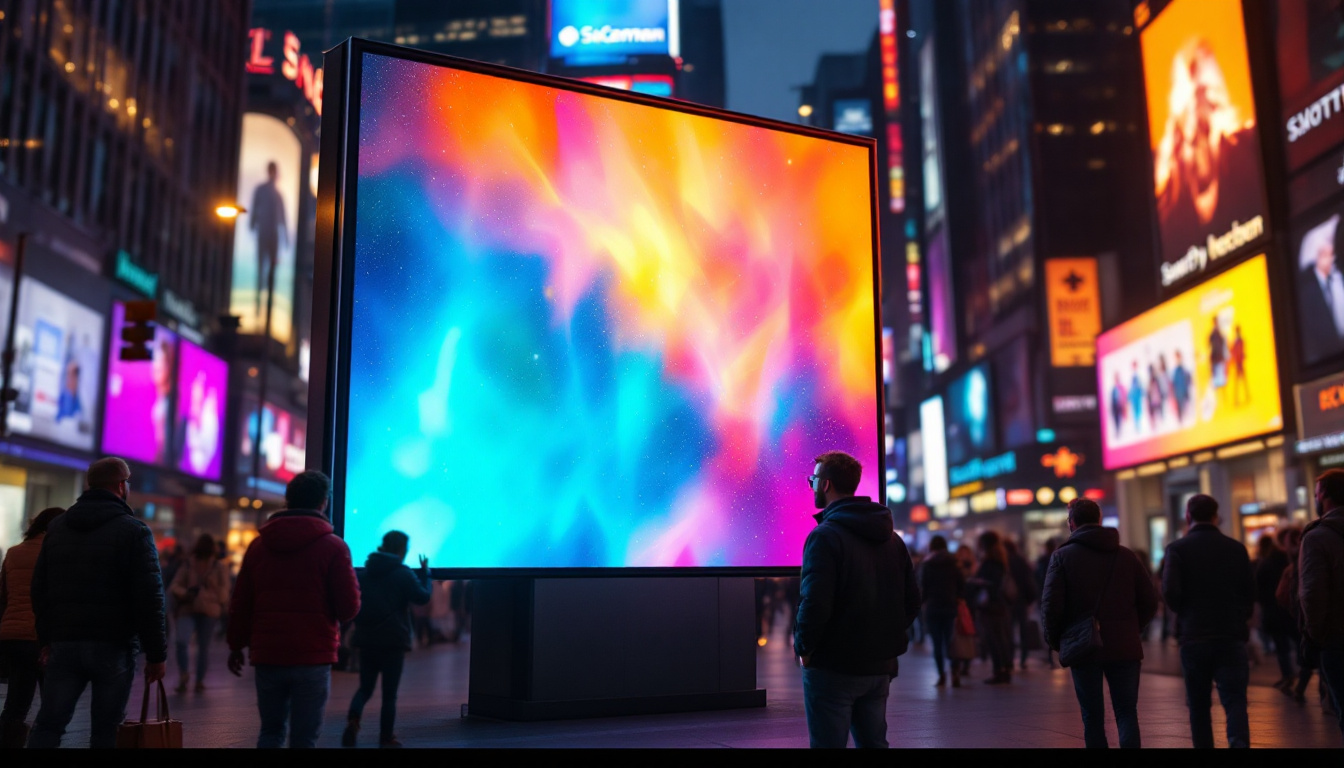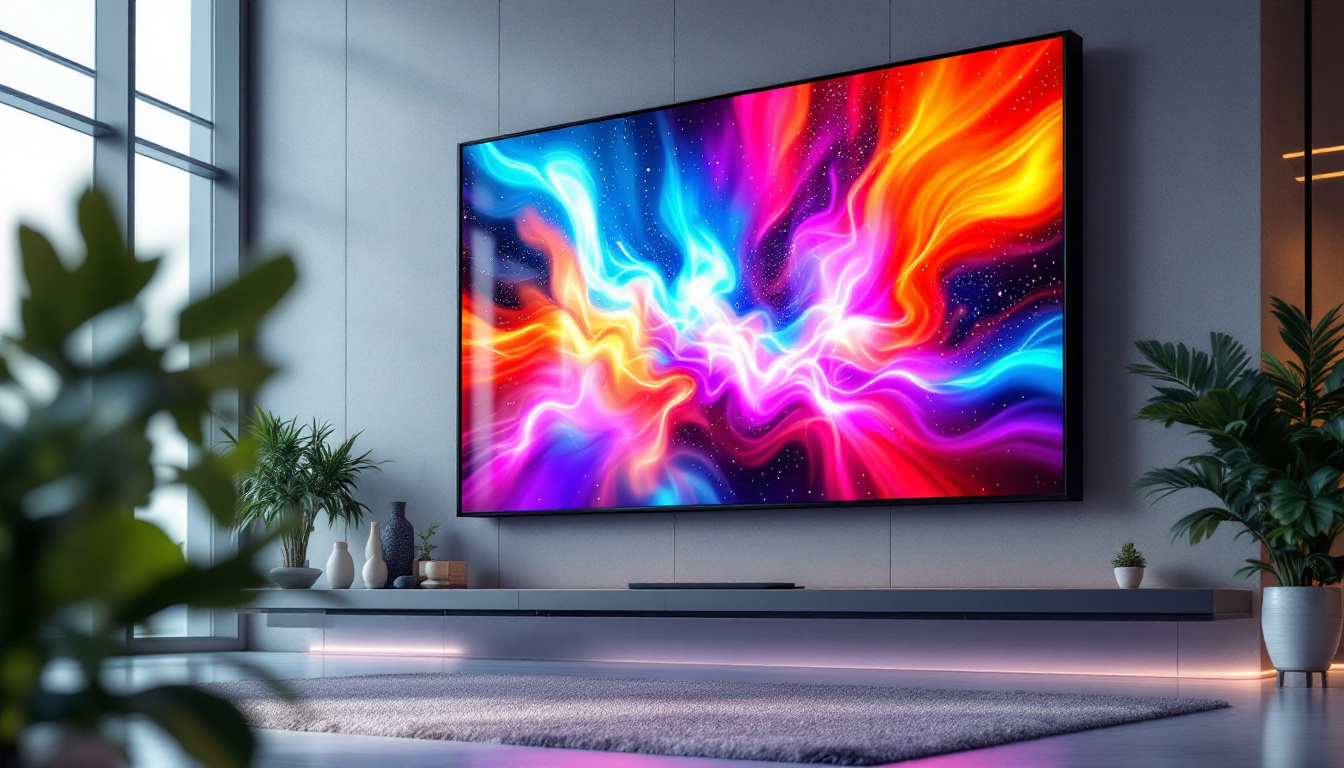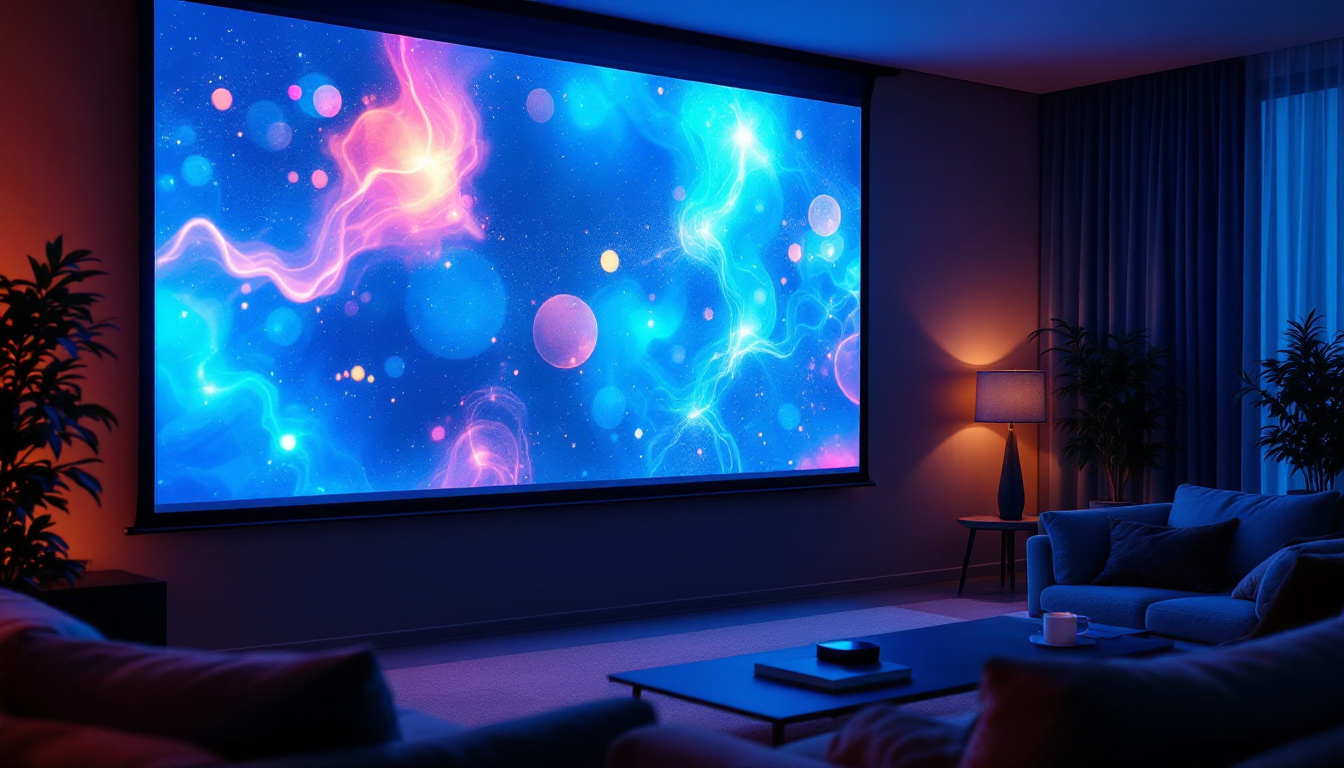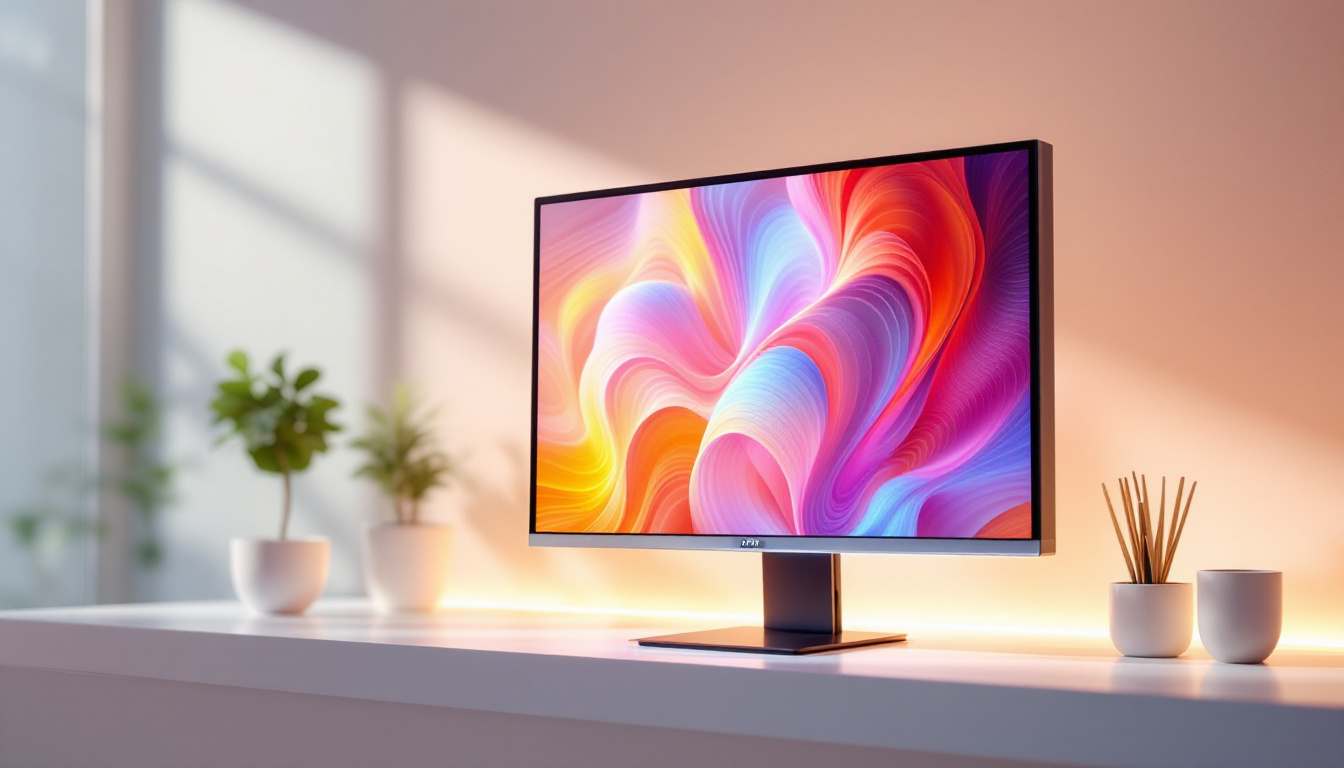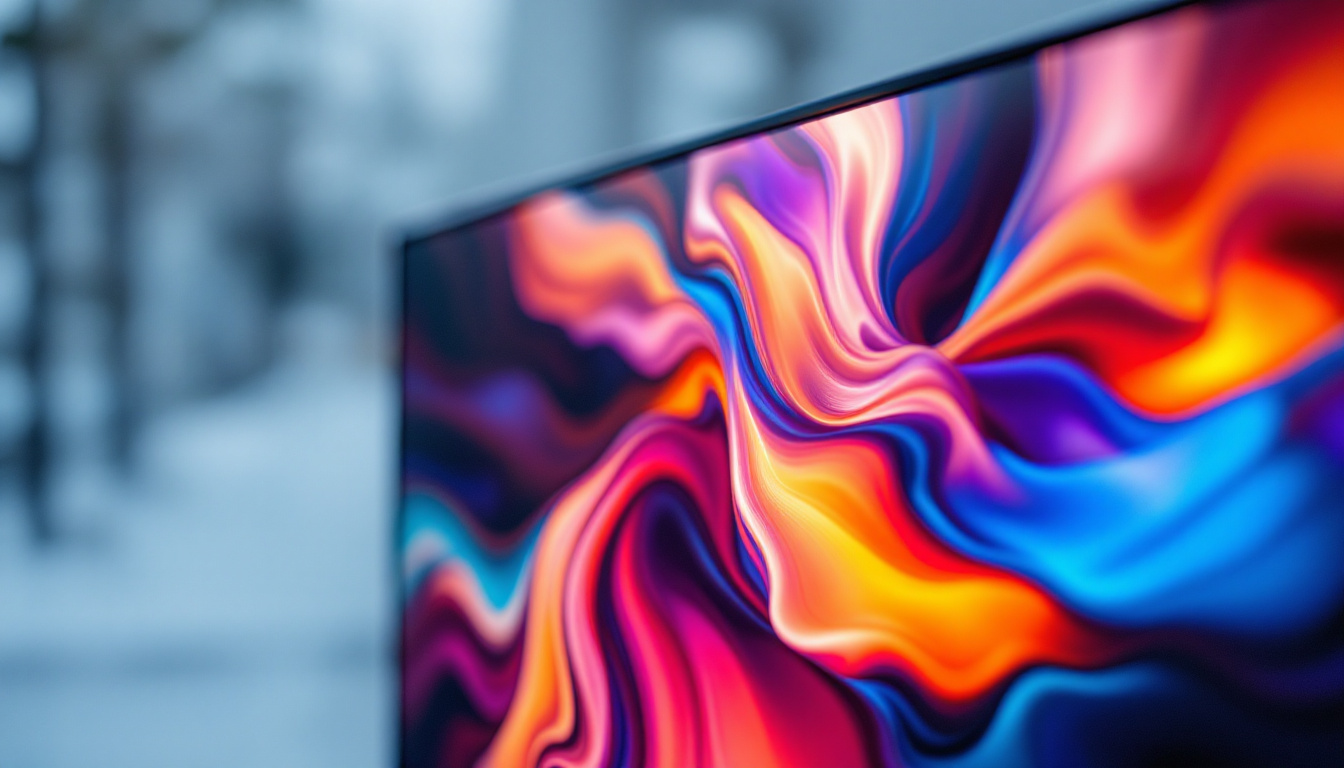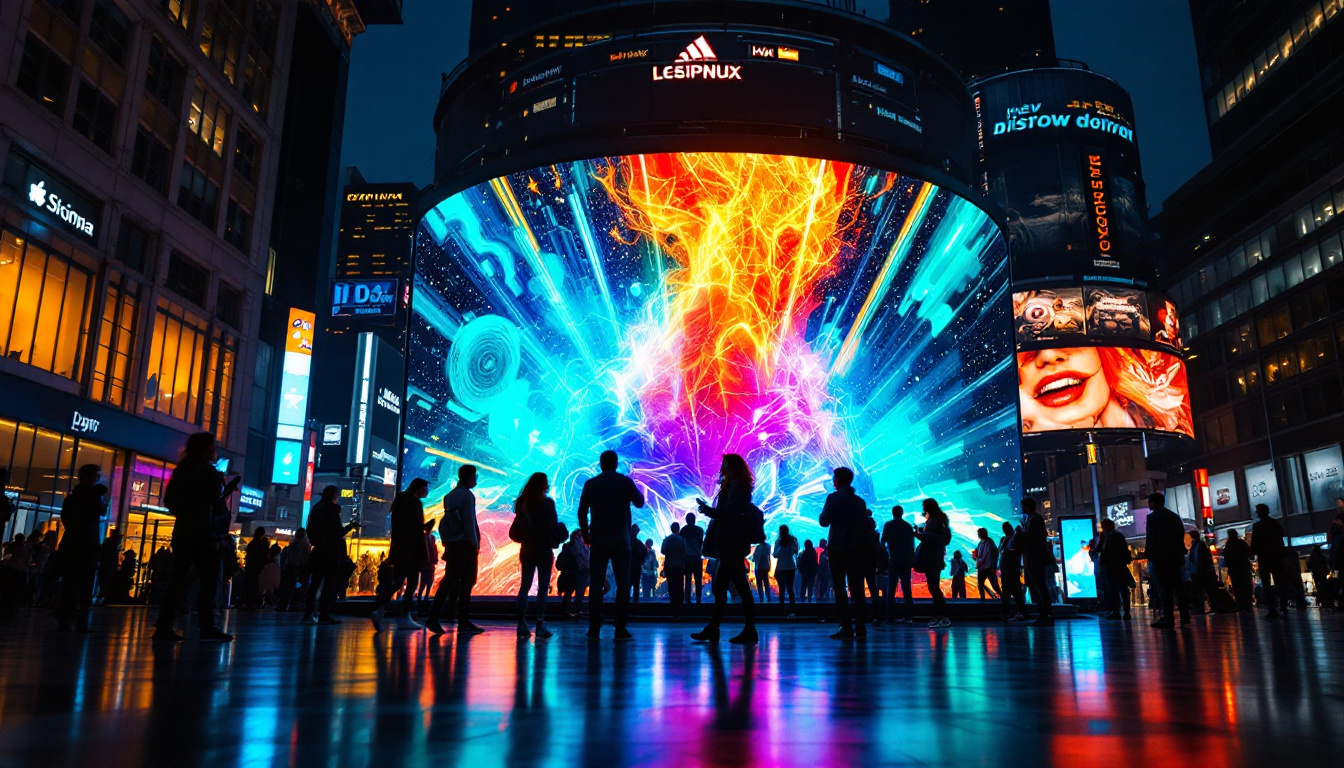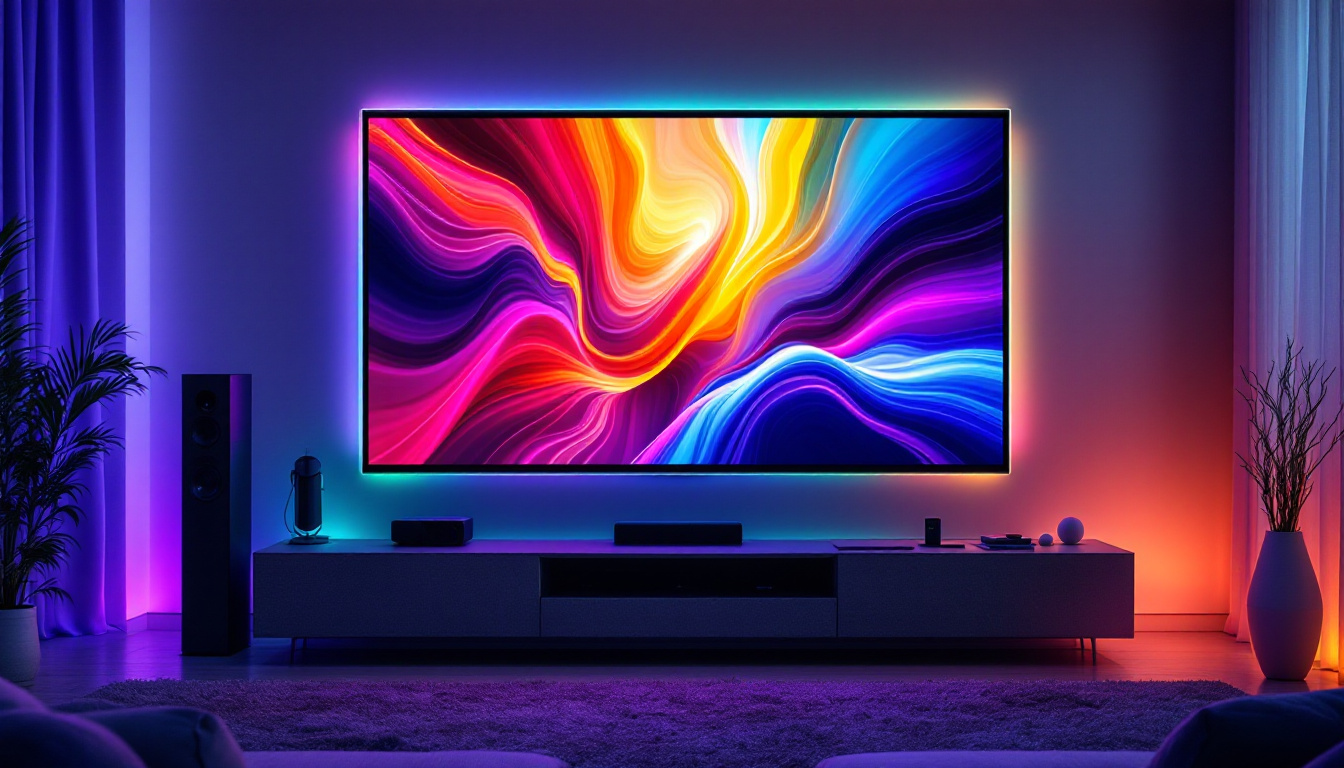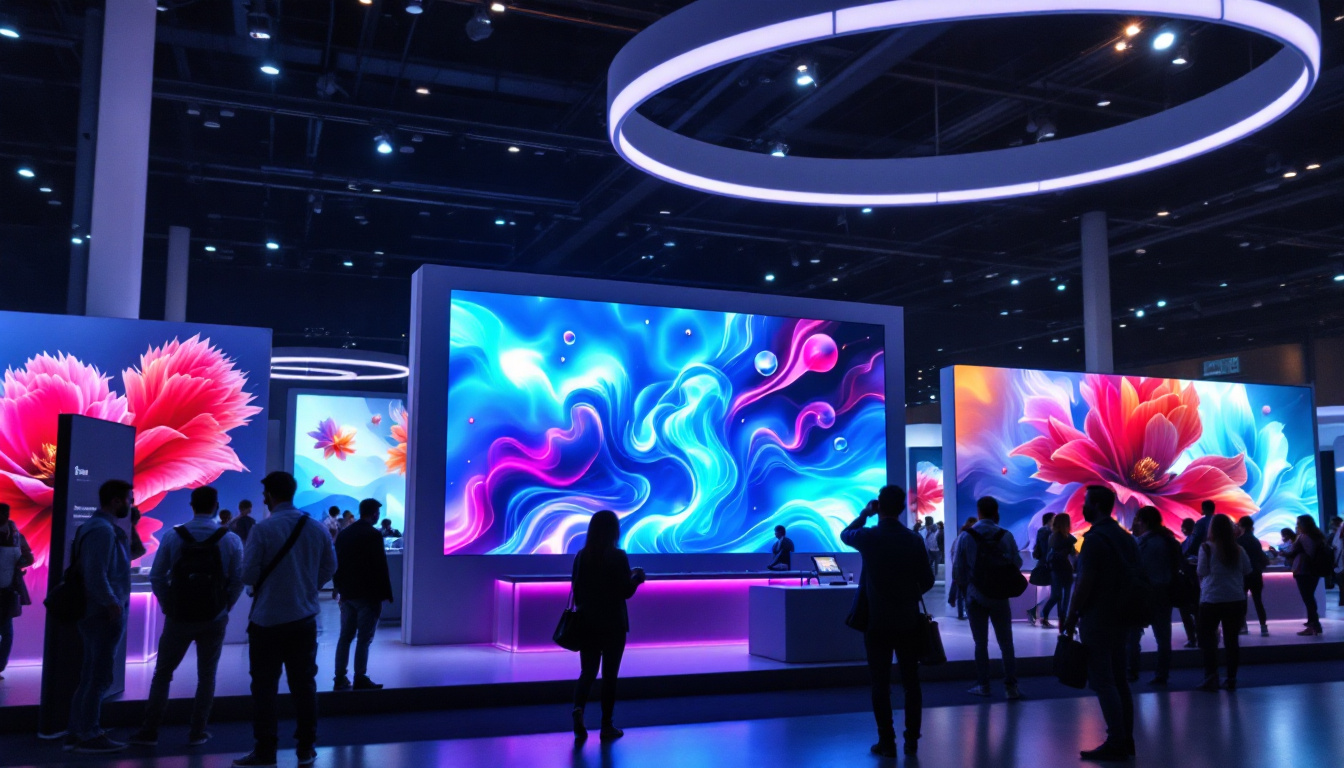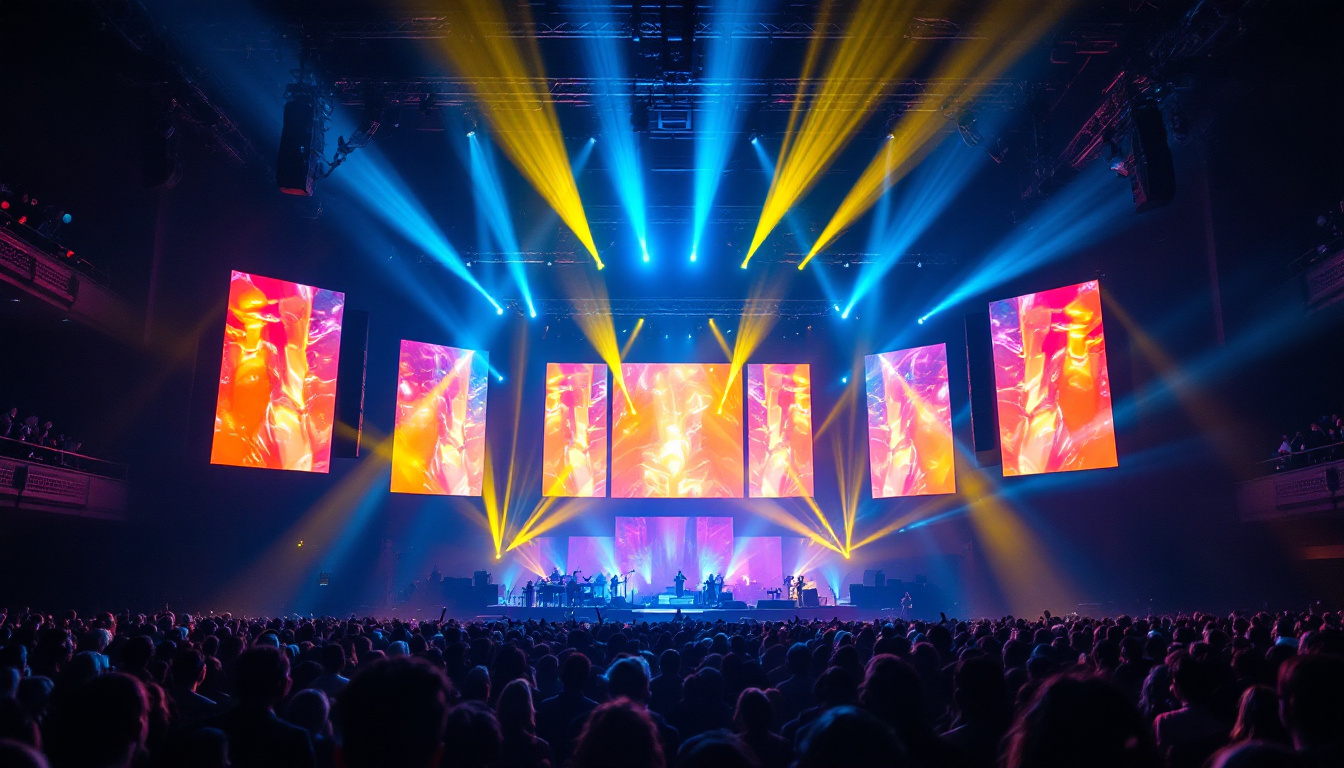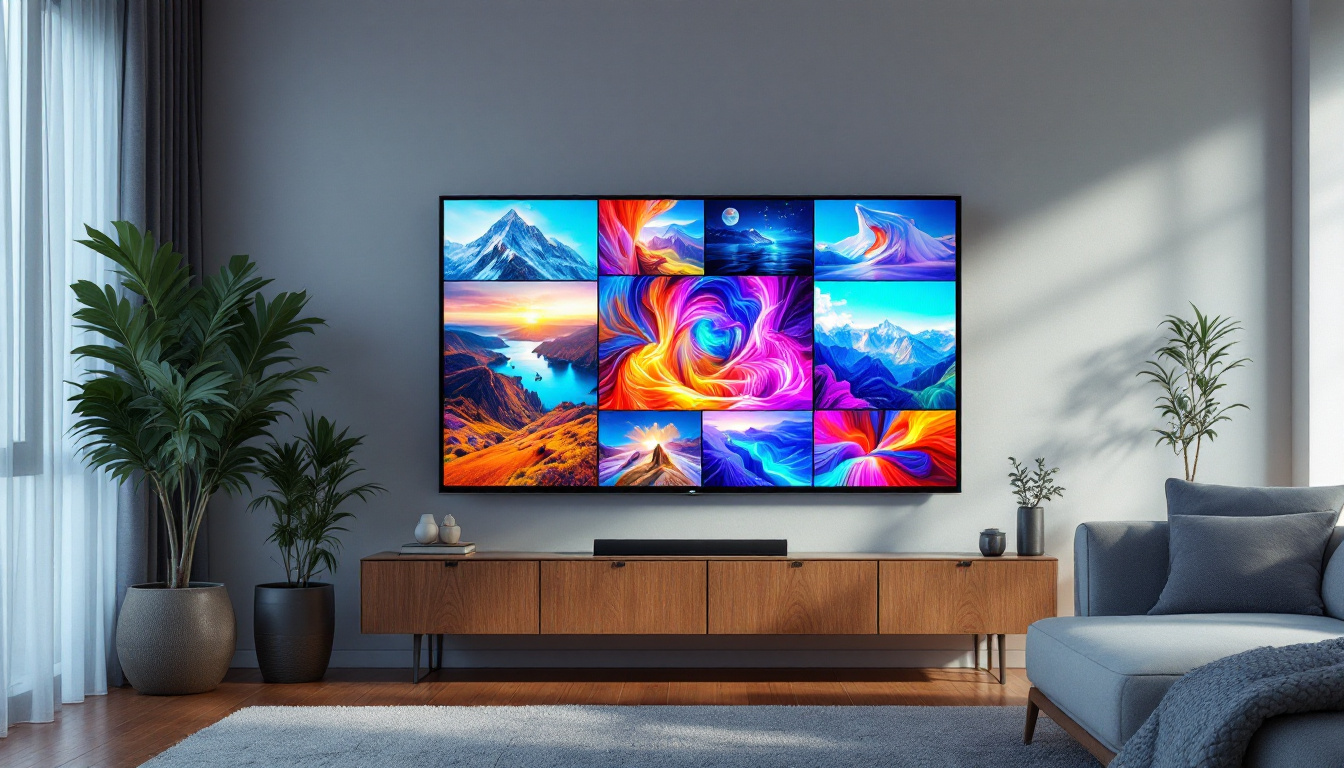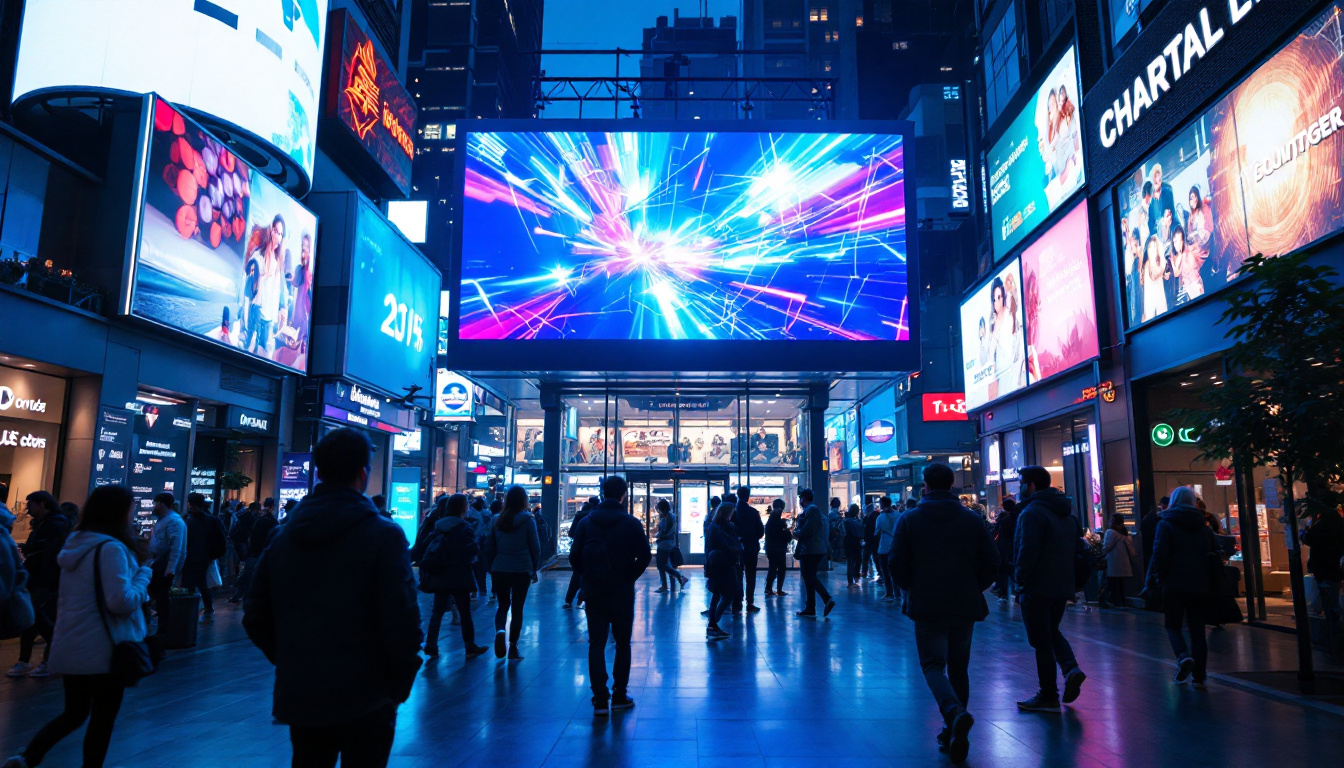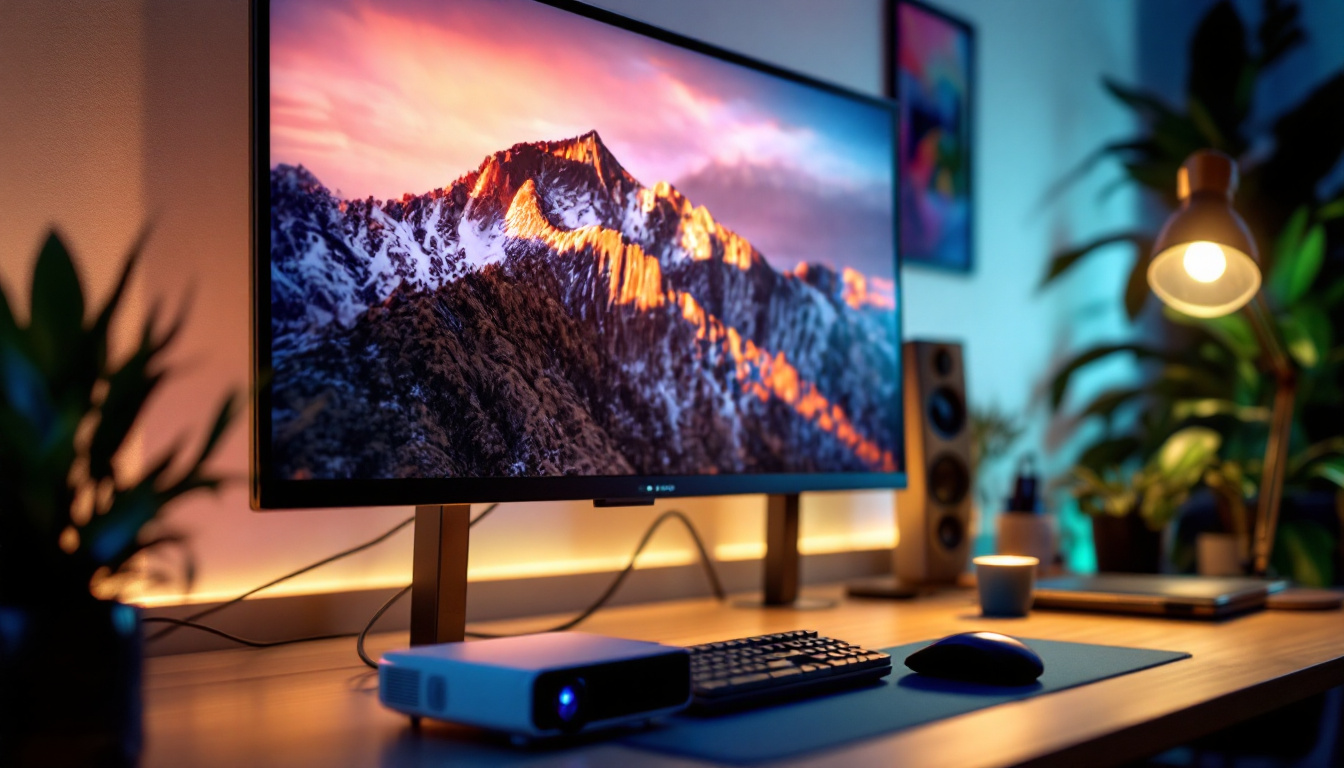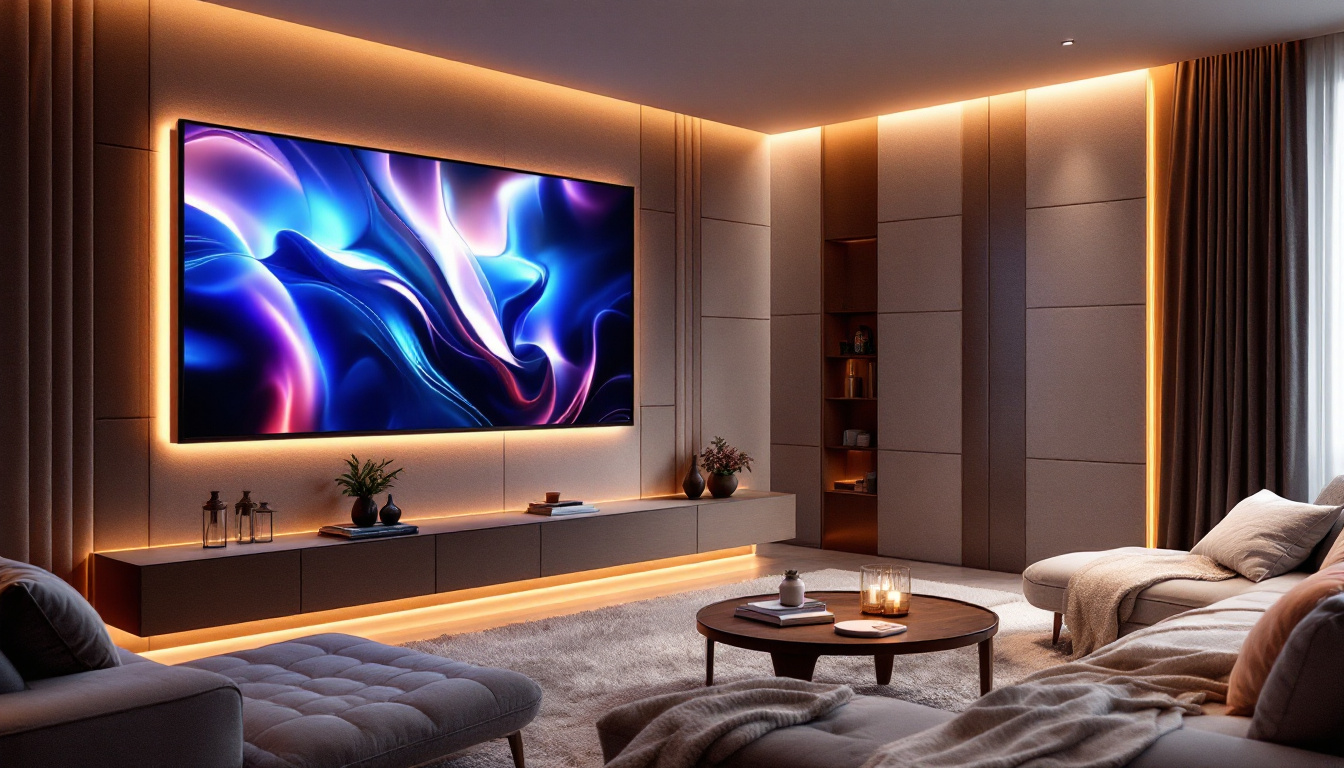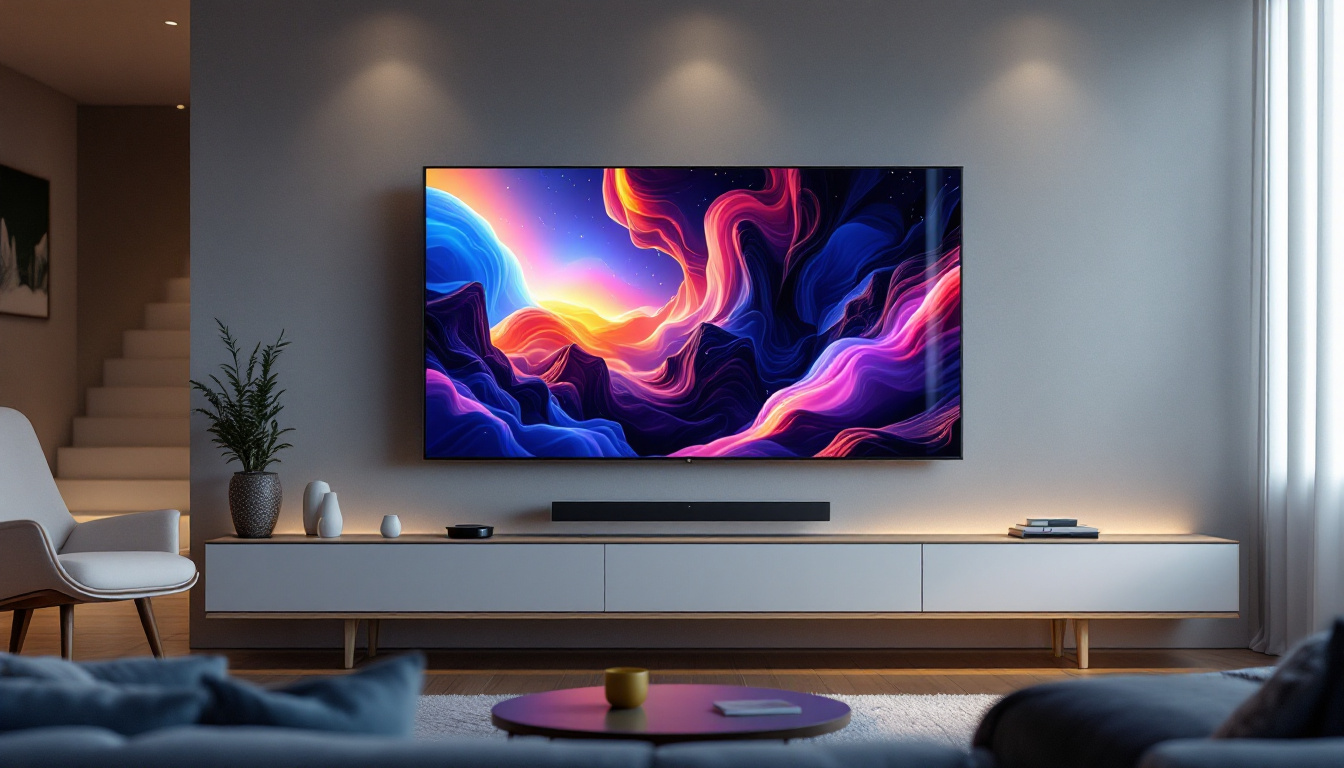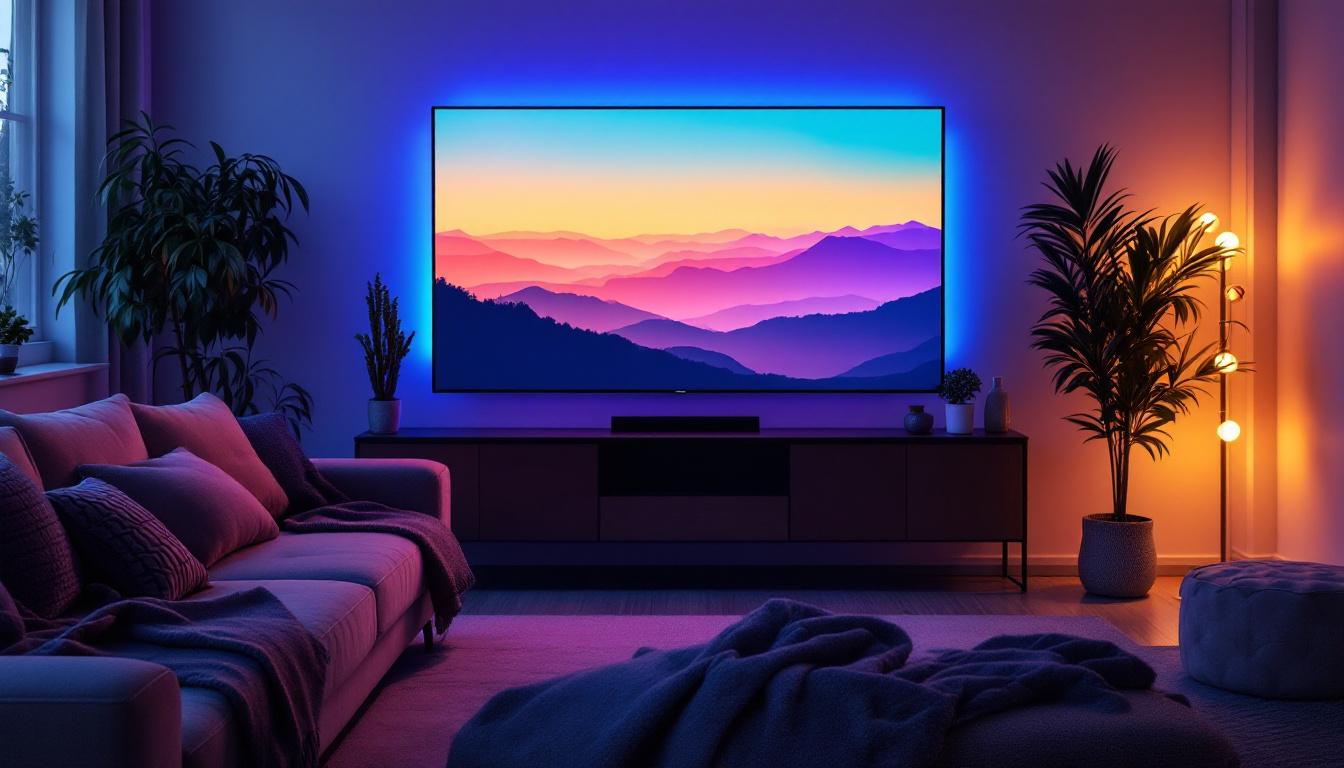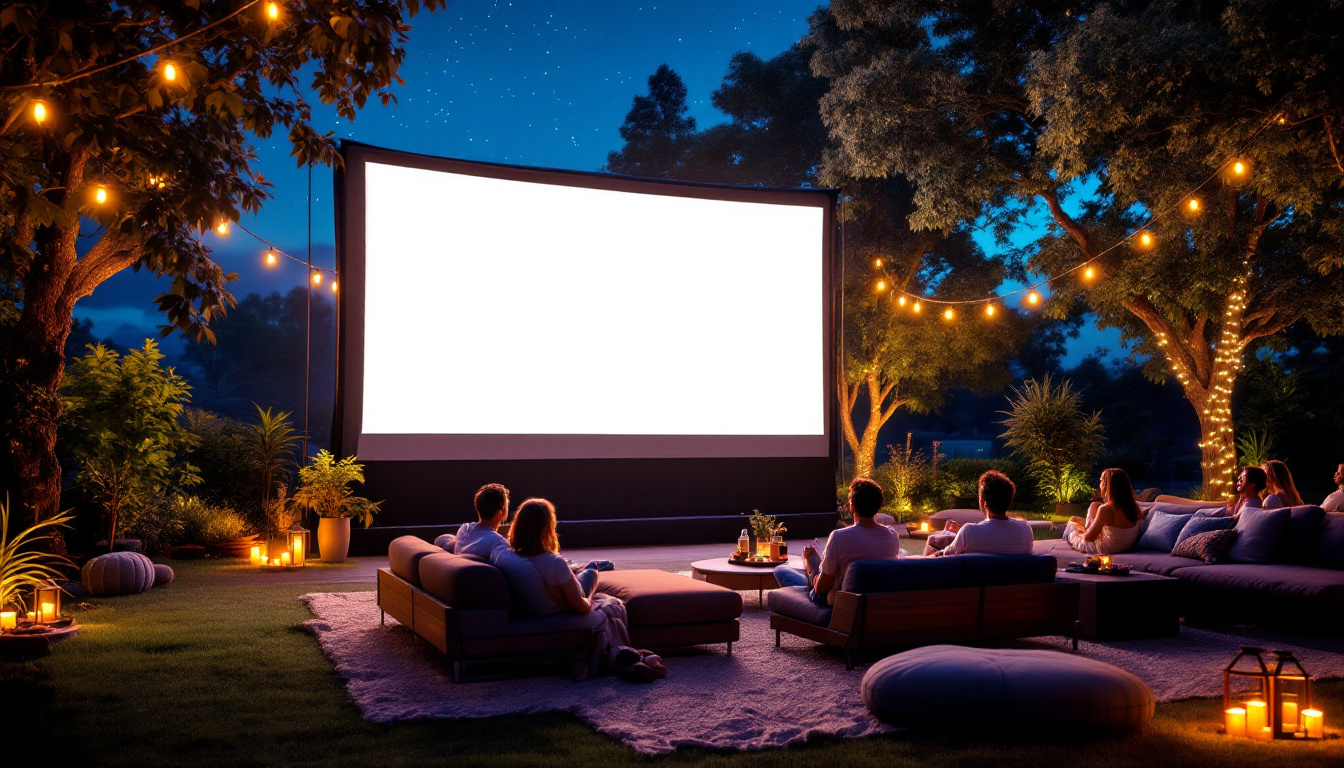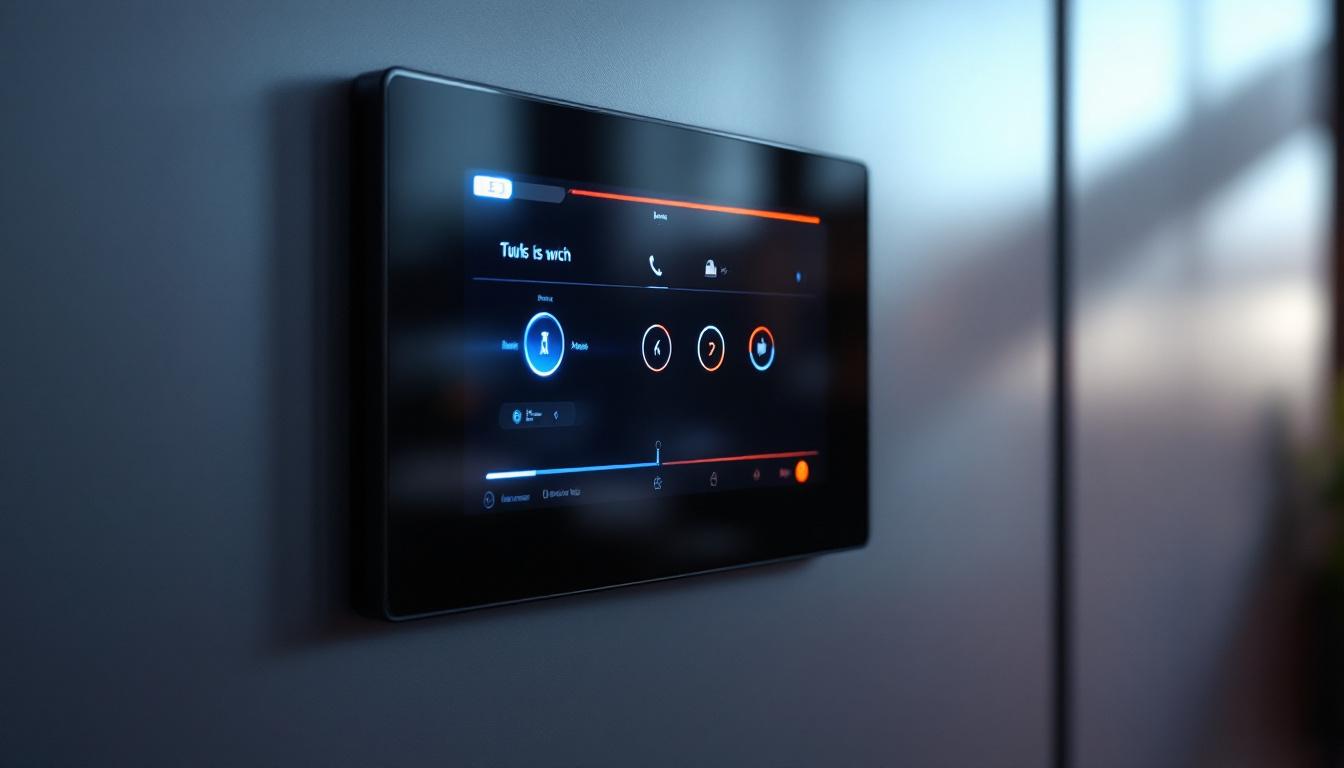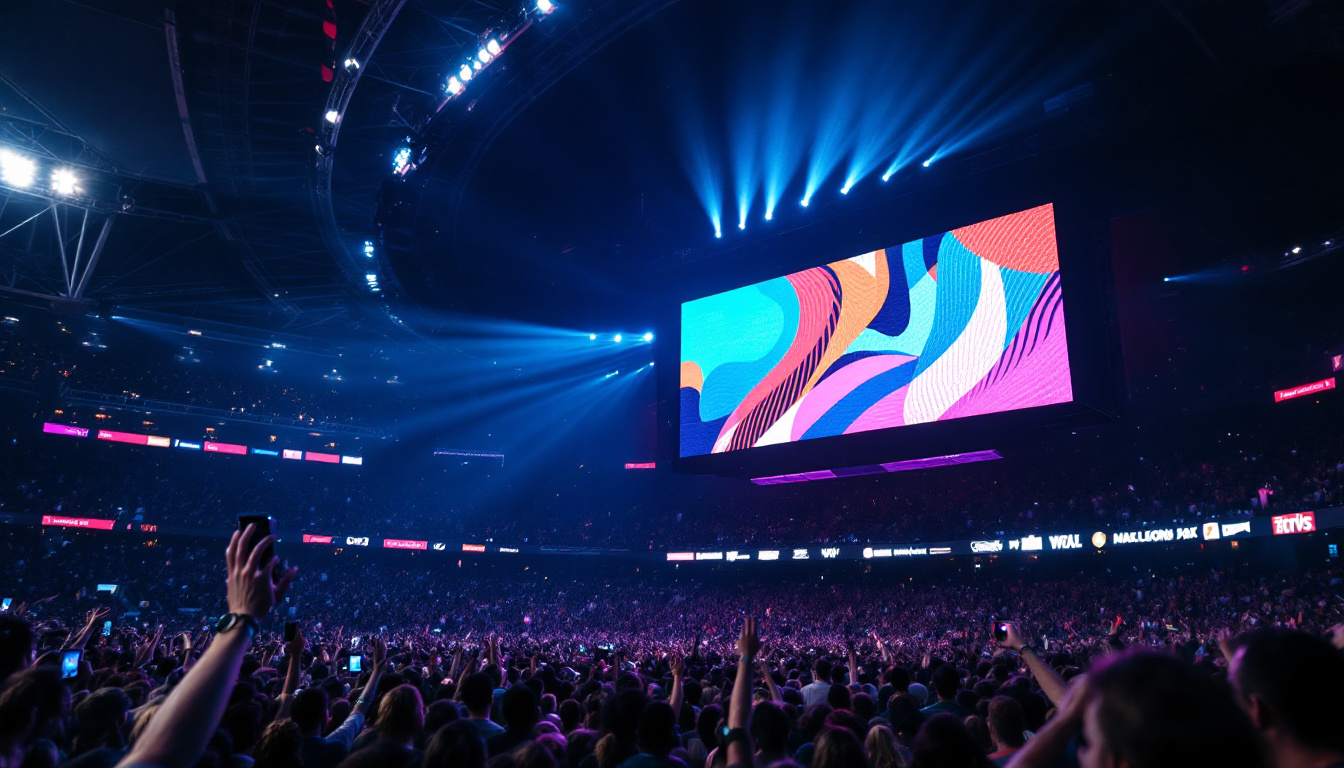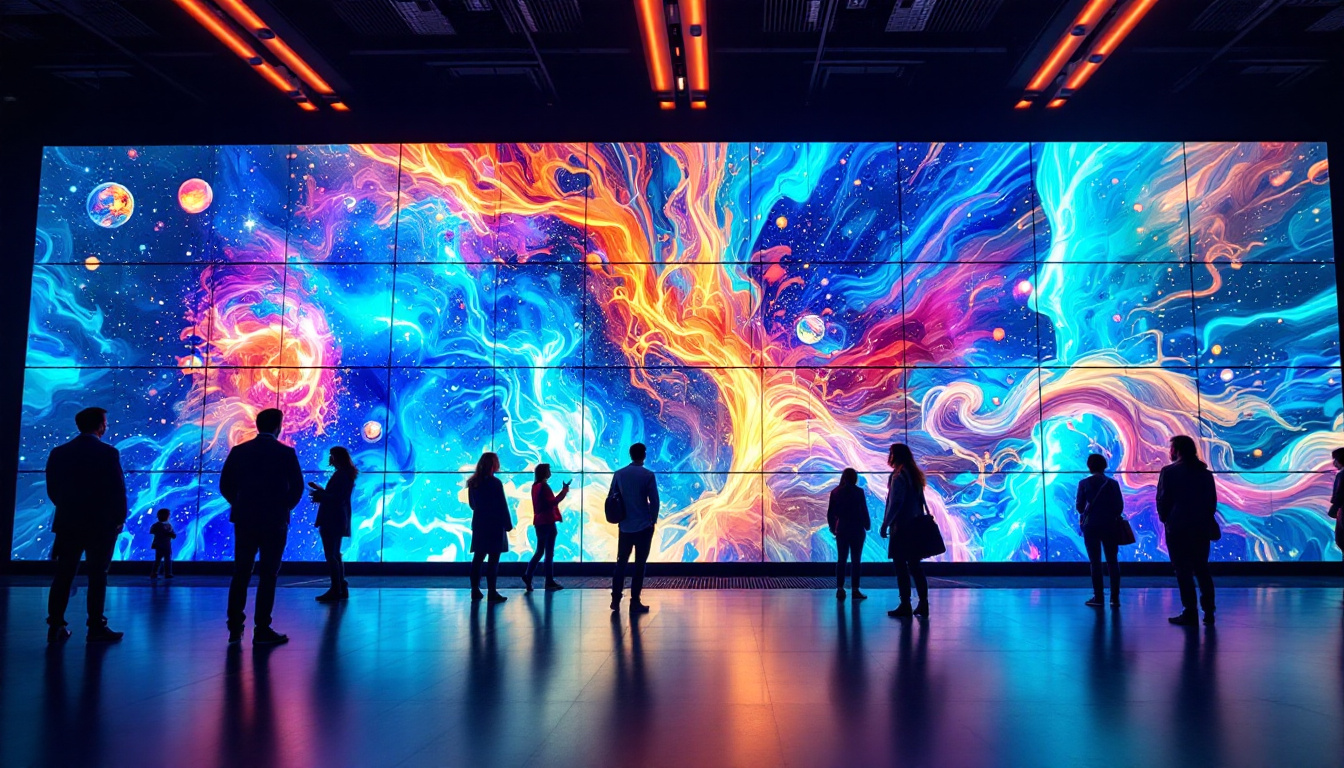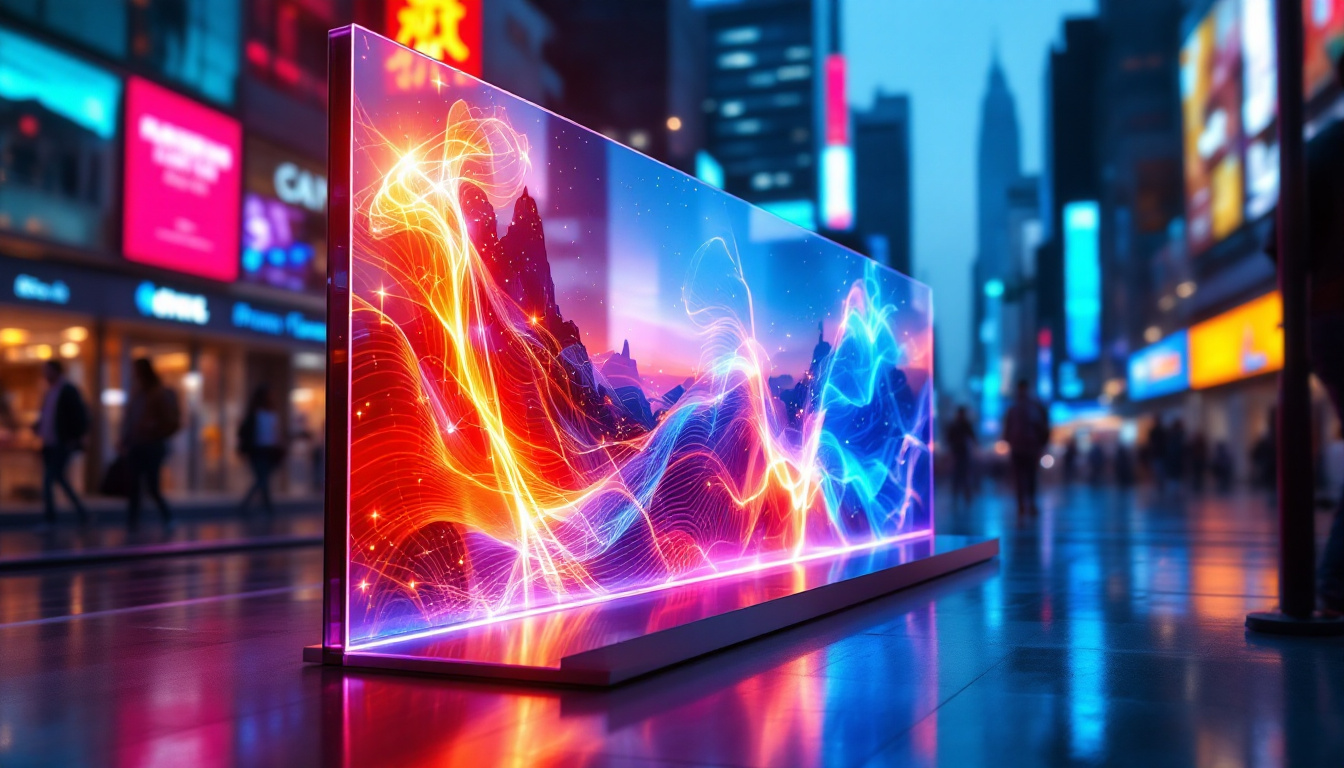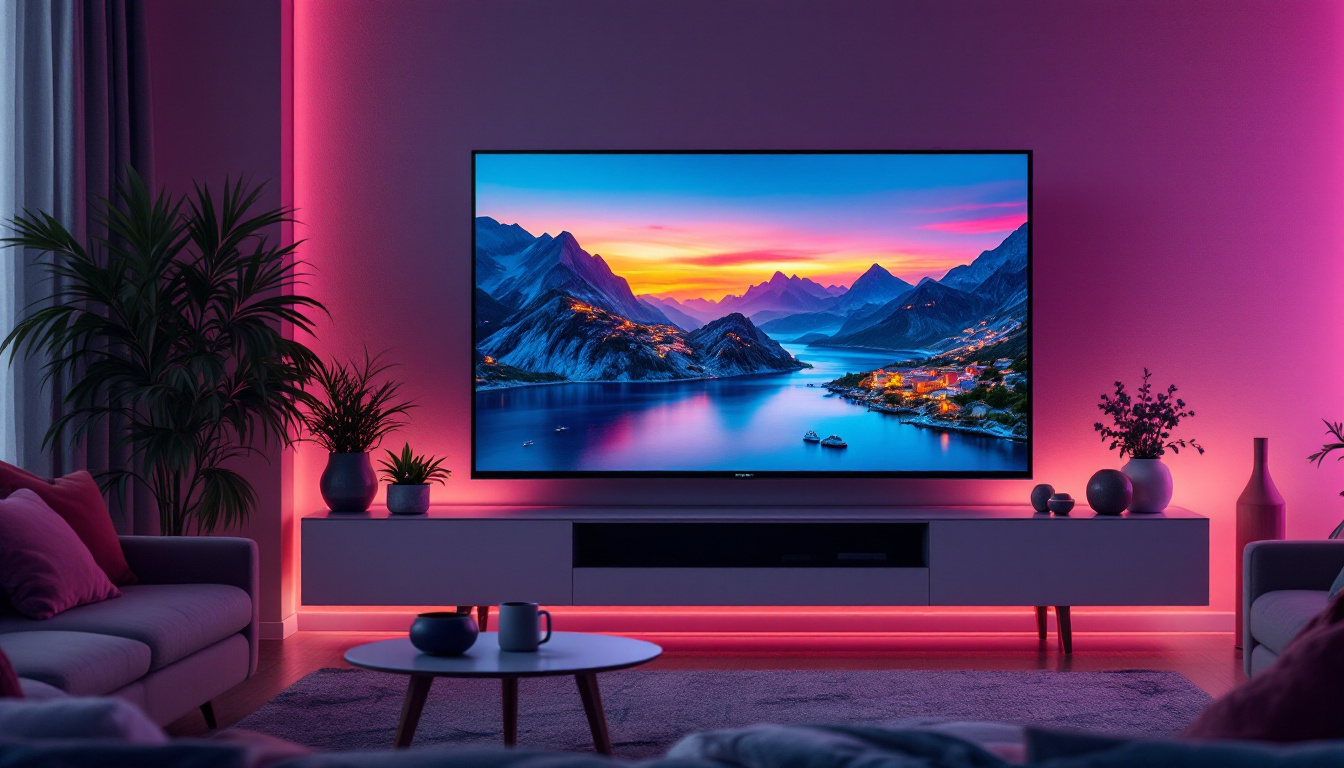In the realm of technology, the evolution of display technology has been nothing short of remarkable. Among the various types of displays, LED (Light Emitting Diode) technology has emerged as a frontrunner, revolutionizing how we interact with digital content. This article delves into the intricacies of LED displays, exploring their advantages, types, and the factors to consider when choosing an LED monitor.
Understanding LED Display Technology
LED displays utilize light-emitting diodes to create images and text on the screen. Unlike traditional LCD (Liquid Crystal Display) monitors that rely on fluorescent backlighting, LED displays use an array of tiny diodes, which not only enhances brightness but also improves energy efficiency. This technology has become the standard for modern monitors, televisions, and other display devices.
How LED Displays Work
At the core of LED technology is the diode, a semiconductor device that emits light when an electric current passes through it. In an LED display, thousands of these diodes are arranged in a grid. Each diode can emit different colors, combining to create a full spectrum of hues. This allows for vibrant images and sharp contrast, making LED displays ideal for various applications, from gaming to professional graphic design.
There are two primary configurations of LED displays: edge-lit and full-array. Edge-lit displays have LEDs positioned along the edges of the screen, while full-array displays feature a grid of LEDs behind the entire screen. Full-array displays generally offer better contrast and uniformity, making them preferable for high-end applications. Furthermore, many full-array displays now incorporate local dimming technology, which allows certain areas of the screen to dim or brighten independently, enhancing the overall picture quality and depth of blacks in darker scenes.
Advantages of LED Displays
LED displays come with a host of benefits that make them appealing to consumers and professionals alike. One of the most significant advantages is their energy efficiency. LED technology consumes less power than traditional displays, which not only reduces electricity bills but also contributes to a smaller carbon footprint. This energy efficiency is particularly important in large-scale installations, such as digital billboards and video walls, where the cumulative savings can be substantial.
Additionally, LED displays are known for their longevity. With a lifespan that often exceeds 50,000 hours, these monitors can last for years without significant degradation in quality. This durability makes them a cost-effective choice in the long run. Moreover, LED displays are less susceptible to burn-in, a common issue with older display technologies, allowing for greater flexibility in content usage. This resilience makes them particularly valuable in environments where the display is used for extended periods, such as in retail settings or during live events, where consistent performance is crucial.
Types of LED Displays
LED displays can be categorized into several types, each tailored for specific uses and environments. Understanding these types can help consumers make informed decisions based on their needs.
Standard LED Displays
Standard LED displays are the most common type found in homes and offices. They provide excellent color accuracy and brightness, making them suitable for everyday tasks such as browsing the web, watching videos, and working on documents. These monitors are available in various sizes, resolutions, and refresh rates, catering to a wide range of preferences. Additionally, many standard LED displays now come equipped with features such as blue light filters and flicker-free technology, which enhance user comfort during extended use. As a result, they are not only practical for general use but also beneficial for those who spend long hours in front of a screen, reducing eye strain and improving overall viewing experience.
OLED Displays
Organic Light Emitting Diode (OLED) displays represent a significant advancement in LED technology. Unlike standard LED displays, OLED panels do not require backlighting, as each pixel emits its own light. This results in deeper blacks, higher contrast ratios, and a wider viewing angle. OLED displays are particularly favored by professionals in fields like photography and video editing, where color accuracy is paramount. Furthermore, the flexibility of OLED technology allows for innovative design possibilities, including curved and ultra-thin screens that can enhance the aesthetic appeal of any space. As the technology continues to evolve, we can expect to see even more applications of OLED in consumer electronics, from smartphones to large-scale televisions, making high-quality visuals accessible to a broader audience.
Mini-LED and Micro-LED Displays
Mini-LED and Micro-LED technologies are the latest innovations in the LED display market. Mini-LED displays use smaller LEDs for backlighting, allowing for more precise control over local dimming and enhancing contrast. This technology not only improves the overall picture quality but also contributes to better energy efficiency, making it an attractive option for environmentally conscious consumers. Micro-LED, on the other hand, consists of microscopic LEDs that can create images independently, offering unparalleled brightness and color performance. This means that Micro-LED displays can achieve stunning visuals even in well-lit environments, making them ideal for both indoor and outdoor applications. As these technologies are still emerging, they are expected to revolutionize the display industry by providing options that are not only superior in quality but also customizable, paving the way for new formats and experiences in visual entertainment.
Choosing the Right LED Monitor
When selecting an LED monitor, several factors should be considered to ensure it meets specific needs and preferences. Understanding these criteria can significantly enhance the user experience.
Screen Size and Resolution
Screen size and resolution are crucial aspects to consider. Larger screens provide a more immersive experience, particularly for gaming and media consumption. However, the resolution also plays a vital role; higher resolutions, such as 4K, deliver sharper images and finer details. A balance between size and resolution is essential for achieving optimal visual clarity.
Refresh Rate and Response Time
For gamers and those who engage in fast-paced activities, refresh rate and response time are critical specifications. The refresh rate, measured in hertz (Hz), indicates how many times the screen refreshes per second. A higher refresh rate, such as 144Hz or 240Hz, results in smoother motion and reduces motion blur. Response time, measured in milliseconds (ms), refers to how quickly a pixel can change from one color to another. Lower response times are preferable for gaming, as they minimize ghosting effects.
Connectivity Options
Connectivity options are another important consideration. Modern LED monitors typically come with a variety of ports, including HDMI, DisplayPort, and USB-C. Ensuring compatibility with existing devices is essential for a seamless setup. Additionally, features like built-in speakers, USB hubs, and VESA mount compatibility can enhance the overall user experience.
Applications of LED Displays
LED displays are versatile and find applications across various fields. From entertainment to professional environments, their adaptability makes them a preferred choice.
Gaming
In the gaming world, LED displays have become indispensable. Gamers seek monitors that offer high refresh rates, low response times, and vibrant colors. Many gaming monitors also come equipped with adaptive sync technologies, such as NVIDIA G-SYNC or AMD FreeSync, which help eliminate screen tearing and stuttering, providing a smoother gaming experience.
Professional Use
For professionals in graphic design, video editing, and photography, color accuracy is critical. High-end LED monitors often come factory-calibrated to ensure that colors are true to life. Features such as wide color gamut support and HDR (High Dynamic Range) capabilities further enhance the visual experience, making these displays ideal for creative work.
Home Entertainment
LED displays have transformed home entertainment systems. With the advent of 4K and even 8K resolutions, viewers can enjoy cinematic experiences right in their living rooms. Smart LED TVs, equipped with streaming capabilities and voice control, have also gained popularity, allowing users to access a vast array of content effortlessly.
Future Trends in LED Display Technology
The landscape of LED display technology is continuously evolving, driven by consumer demand and technological advancements. Several trends are shaping the future of this industry.
Increased Adoption of OLED and Micro-LED
As OLED and Micro-LED technologies become more mainstream, consumers can expect to see a shift towards displays that offer superior color accuracy, contrast, and brightness. These technologies are gradually being integrated into various devices, from smartphones to large-screen televisions, promising an enhanced viewing experience.
Advancements in Sustainability
With growing awareness of environmental issues, manufacturers are focusing on sustainability in display technology. This includes the development of energy-efficient displays and the use of recyclable materials in production. As consumers become more environmentally conscious, brands that prioritize sustainability may gain a competitive edge.
Integration of AI and Smart Features
Artificial intelligence is increasingly being integrated into display technology, enhancing user experience through smart features. From automatic brightness adjustment to personalized content recommendations, AI-driven displays can adapt to user preferences, making technology more intuitive and user-friendly.
Conclusion
LED displays have transformed the way individuals interact with technology, offering vibrant colors, energy efficiency, and longevity. With various types available, including standard LED, OLED, and emerging technologies like Mini-LED and Micro-LED, consumers have a plethora of options to choose from. By understanding the key factors to consider when selecting an LED monitor, users can make informed decisions that best suit their needs.
As technology continues to evolve, LED displays will undoubtedly play a crucial role in shaping the future of visual experiences, making them an essential component of modern life. Whether for gaming, professional use, or home entertainment, LED displays are here to stay, providing users with an unparalleled viewing experience.
Discover LumenMatrix’s Innovative LED Solutions
Ready to elevate your visual experience with the latest in LED display technology? Look no further than LumenMatrix, a pioneer in crafting immersive and dynamic LED displays for every application. From the vibrant Indoor LED Wall Display to the robust Outdoor LED Wall Display, and from the mobile versatility of Vehicle LED Displays to the sleek design of LED Poster Displays, LumenMatrix offers a comprehensive range of solutions tailored to your needs. Embrace the future of visual communication with our LED Sports Displays, interactive Floor LED Displays, and the revolutionary All-in-One and Transparent LED Displays. Check out LumenMatrix LED Display Solutions today and transform your space into a captivating visual journey.

